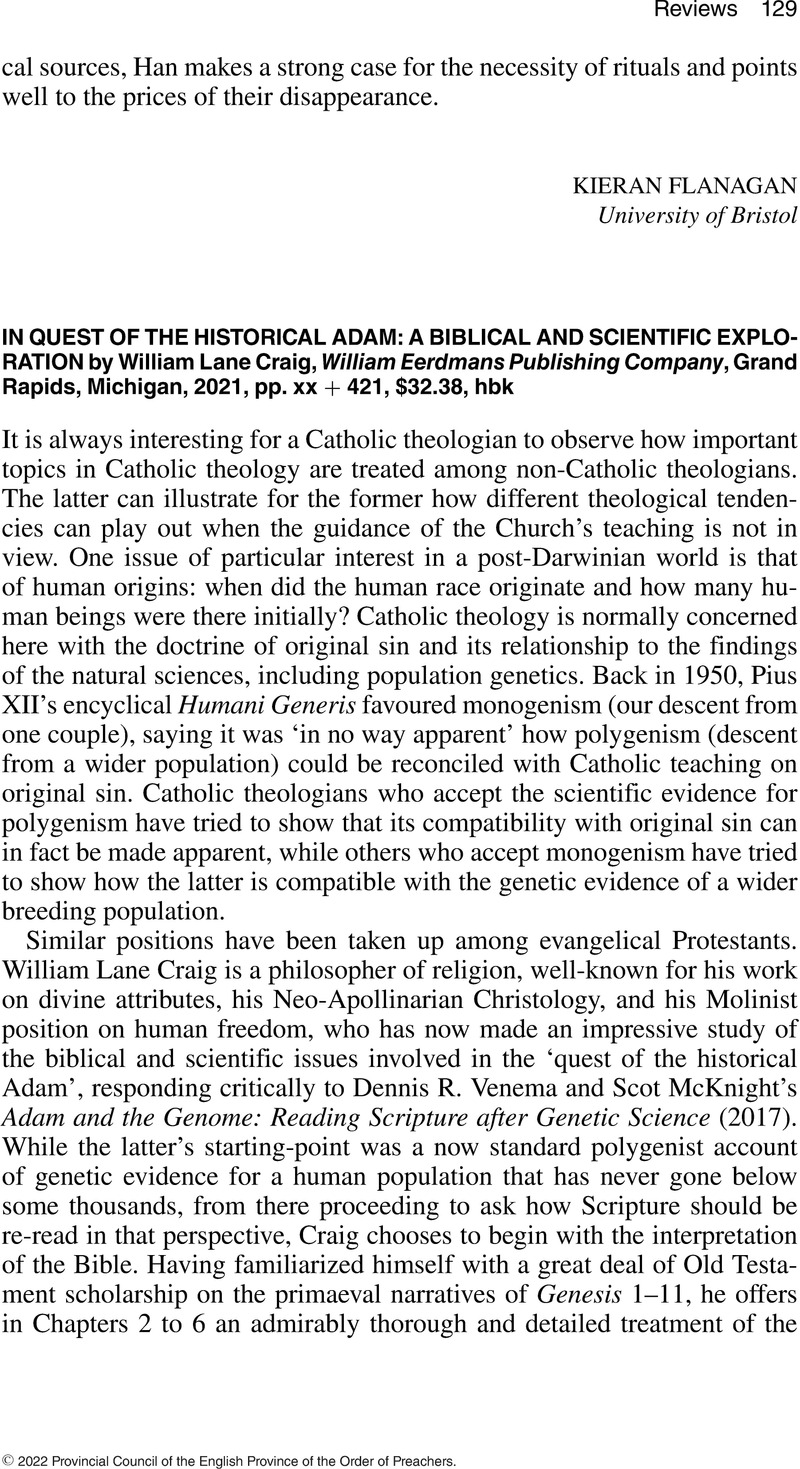Crossref Citations
This article has been cited by the following publications. This list is generated based on data provided by Crossref.
Loftus, John W.
2024.
In Defense of Hitchens’s Razor.
GCRR Press,
Vol. 1,
Issue. Second Revised Edition,
p.
17.



